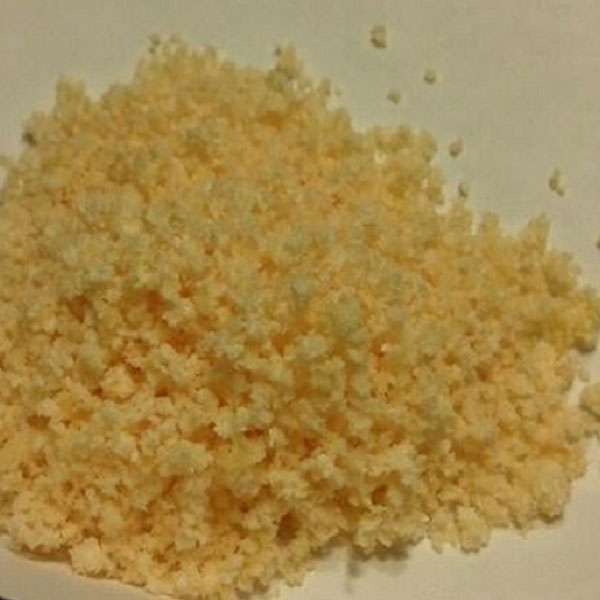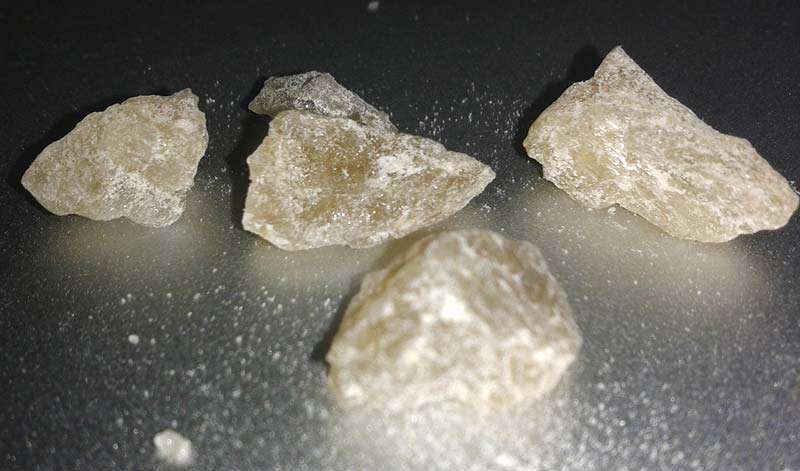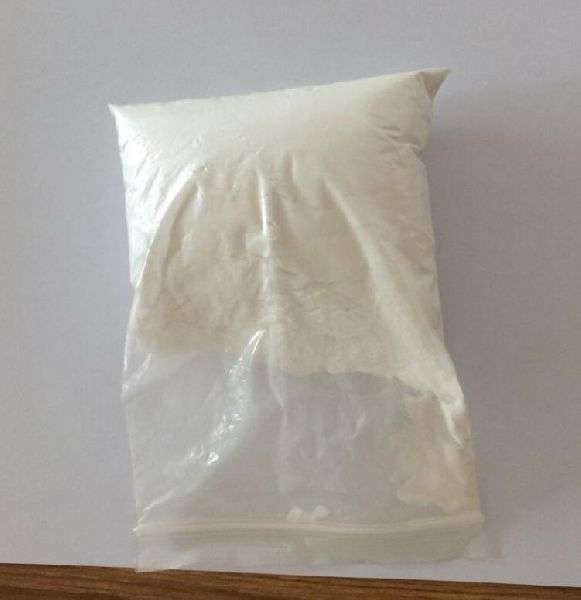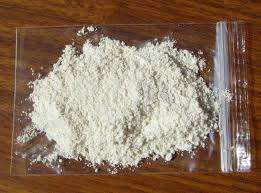
5-MeO-MiPT is the N-methyl-N-isopropyl homologue of the organic psychedelic 5-MeO-DMT, and belongs to the tryptamine class of chemicals. 5-methoxy-N-methyl-N-isopropyltryptamine is the chemical’s full name.
5-MeO-MiPT generates psychedelic effects that can last up to 4-6 hours when taken orally. This is an anologue of the more popular substance 5-MeO-DiPT (foxy methoxy) and has been called “moxy” in the RC community. Some people say that moxy has tactile effects without the negative side effects. It gets considerably more psychedelic and less tactile at higher dosages.
5-MeO-MiPT is active at 4-6 mg when taken orally. The drug can also be smoked, however this method requires a significantly greater dosage than most other tryptamines. Usually, 12-20mg is smoked. It usually emits a very strong stench.
This substance appears to be quite sensitive to the individual, and any potential researchers should bear this in mind. Some users claim activity as low as 1mg, while others report no activity up to 20mg. With this drug, titrating the dose is extremely crucial.

The mechanism that causes 5-MeO-hallucinogenic MiPT’s and entheogenic effects is unknown, however it is most likely related to 5HT2A receptor agonism, among other things. It is unknown whether 5-MeO-MiPT is harmful. On the black market, 5-MeO-MiPT is scarce, but it is available via research chemical suppliers. 5-MeO-MiPT is unscheduled and unregulated in the United States, but because of its structural and behavioral similarities to 5-MeO-DiPT, it might be prosecuted under the Federal Analog Act for possession and sale.
Overall, 5-MeO-MiPT is a one-of-a-kind psychedelic with an effect profile that spans several drug classes.
Confusion and weird sensations are far more common at high doses. There have been a few reports of persons becoming unresponsive or having difficulty speaking after taking excessive doses of the drug.
It’s frequently marketed as a tryptamine substitute for MDMA, however this is almost always exaggerated. There are some similarities, such as enhanced appreciation for others and pleasant tactile sensations, but it’s not an entactogen and has a considerably less stable effect on mood and outlook.
The visual effects can be significant at high doses, but they are very limited at lower ones. Color enhancement, changes in depth perception, and some movement, such as breathing, are still possible, although very intense distortions or hallucinations are uncommon at these doses. People who are solely interested in visual effects are unlikely to be interested unless they are capable of handling greater doses, which are frequently physically unpleasant.
Because a small percentage of people experience significant visions while others never do, even at large doses, it’s been suggested that a metabolic variation may be at play.
More often than with most psychedelics, the substance is blamed for sexual effects. Tactile enhancement is associated with increased sex drive and decreased inhibition. It’s also easier for a man to get an erection than with entactogens, which improve tactile feeling as well. Orgasms can also be more intense. Many stories indicate sexual ideas or sensations developing unexpectedly when under the influence, even in non-sexual contexts. Those emotions can be disregarded if necessary, and they do not affect everyone.
Music has a greater emotional influence. Users describe recognizing features of songs that they would typically overlook, and music has been known to cause bodily feelings or visual distortions, especially when the eyes are closed. Music and sex are two of the most common reasons why people, especially those who respond favorably to the substance, will pick it above other psychedelics. Auditory distortions can also be present, albeit they aren’t always beneficial.
Because it lacks a significant headspace and rarely produces powerful visuals, the drug’s tactile and other sensory impacts are among its most appealing features. If those aren’t available,


